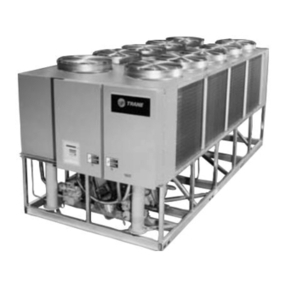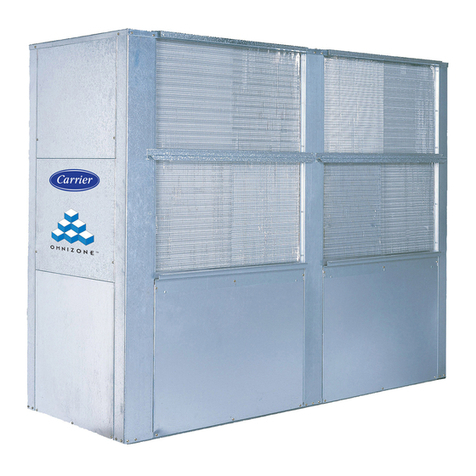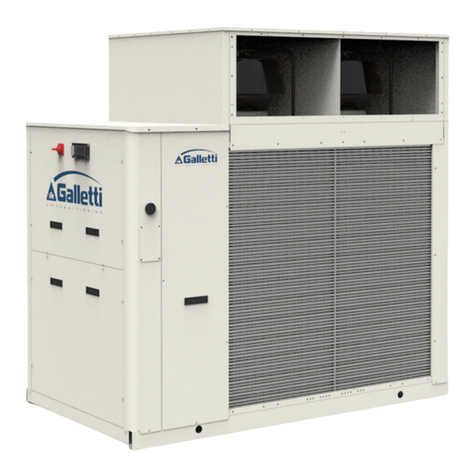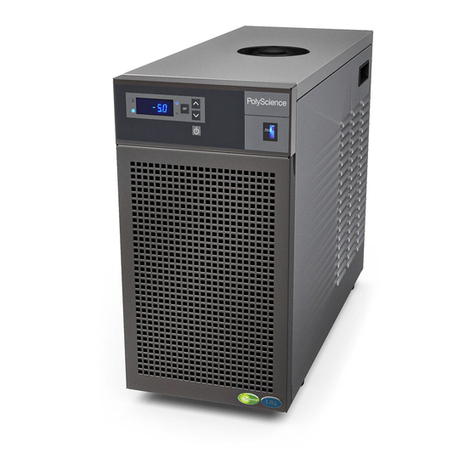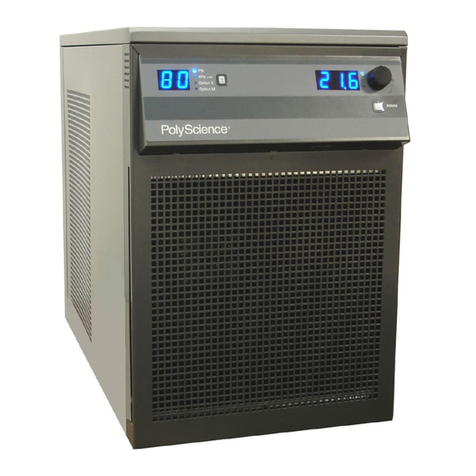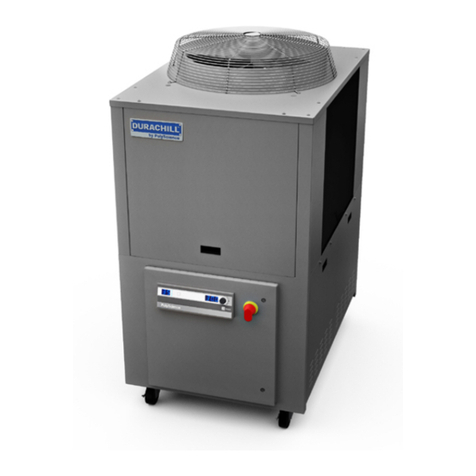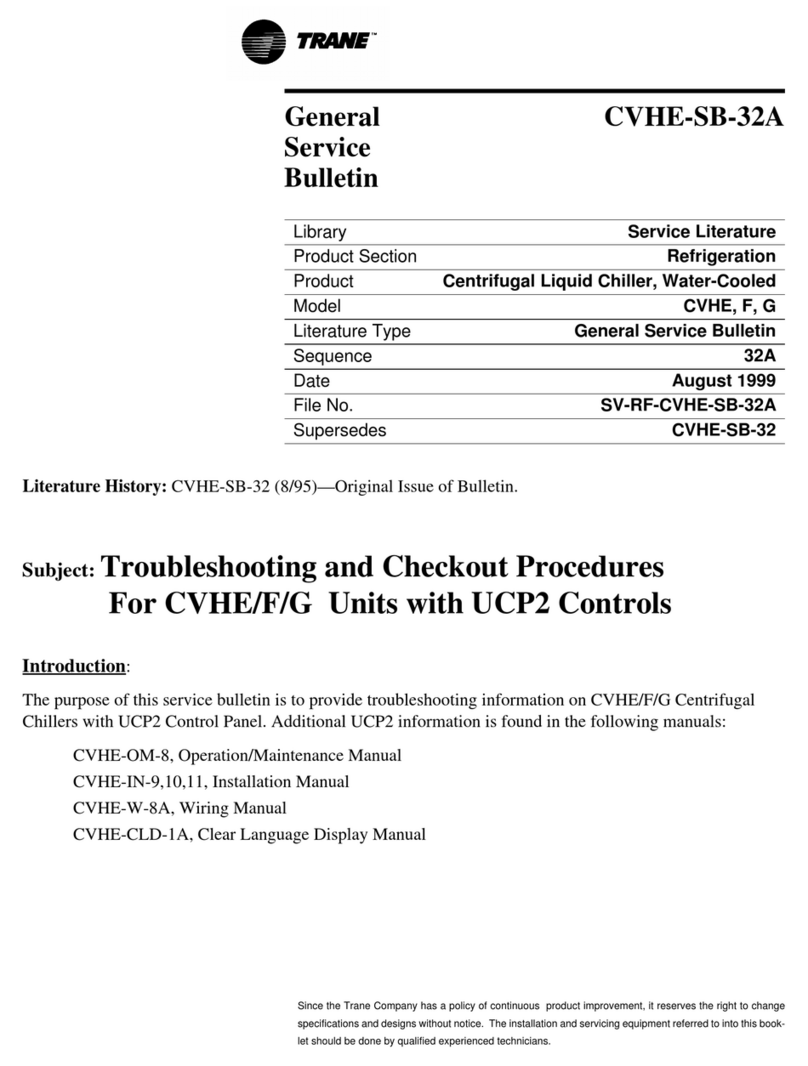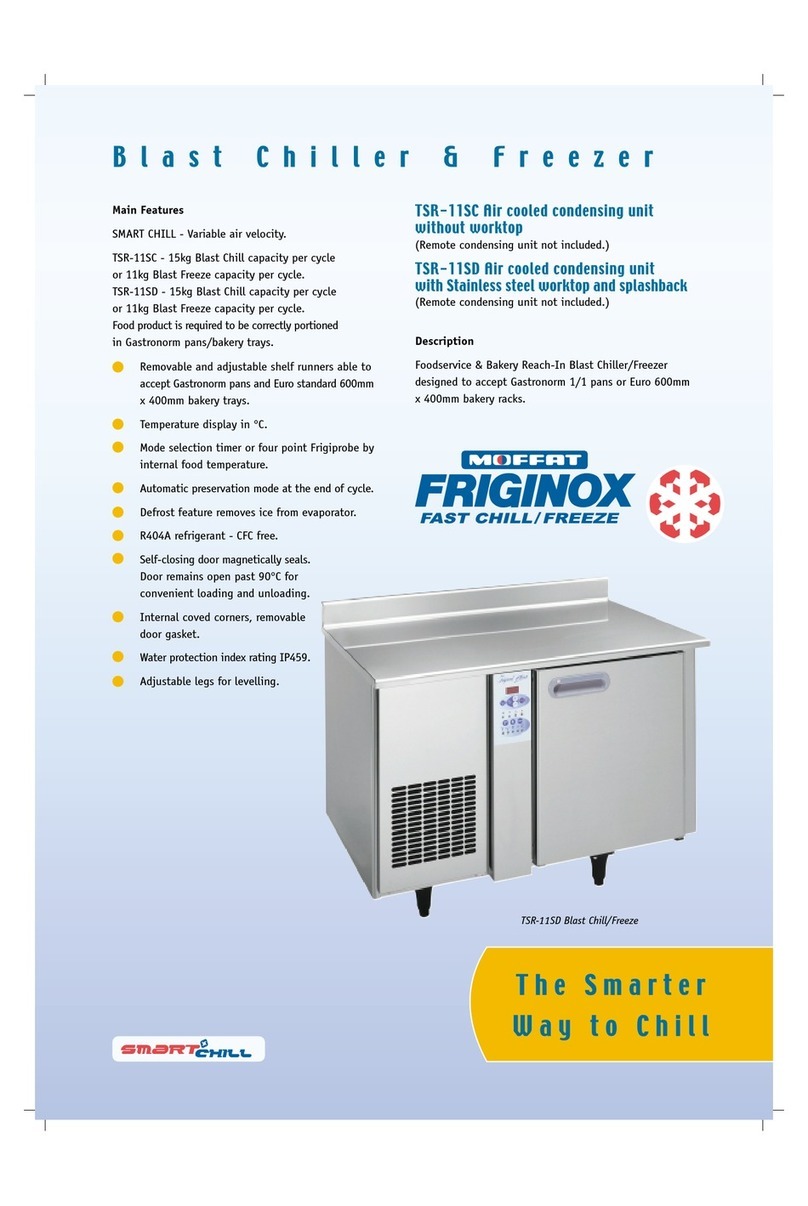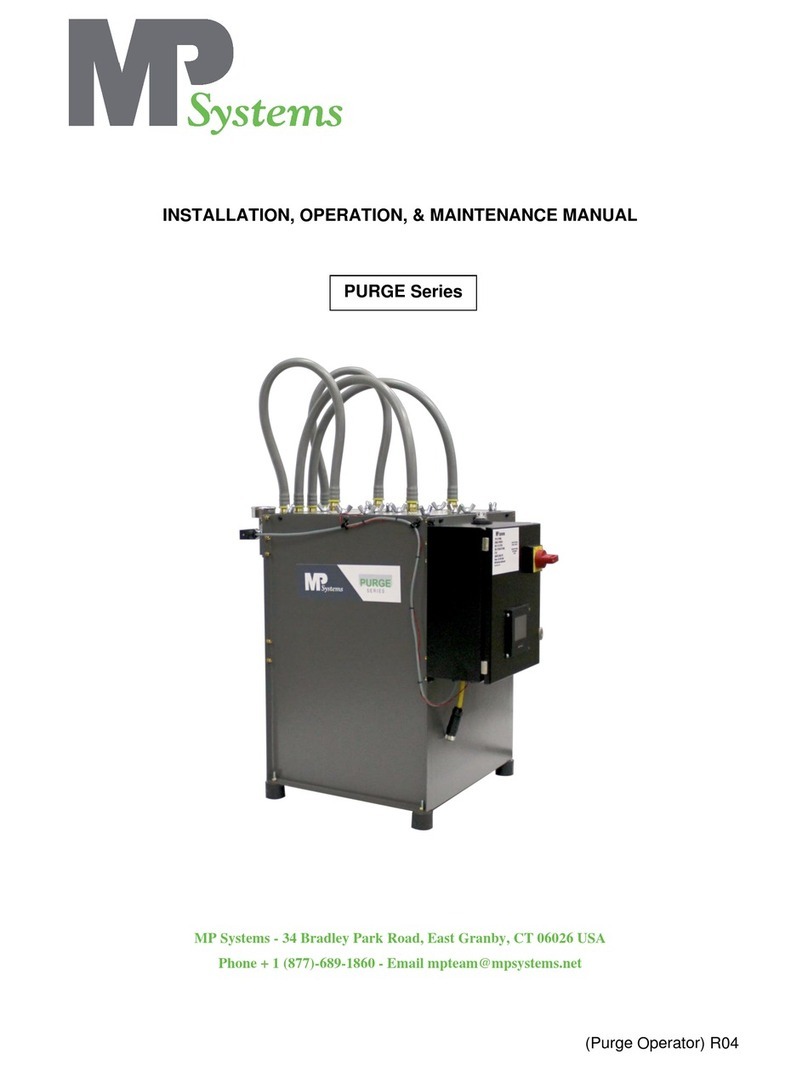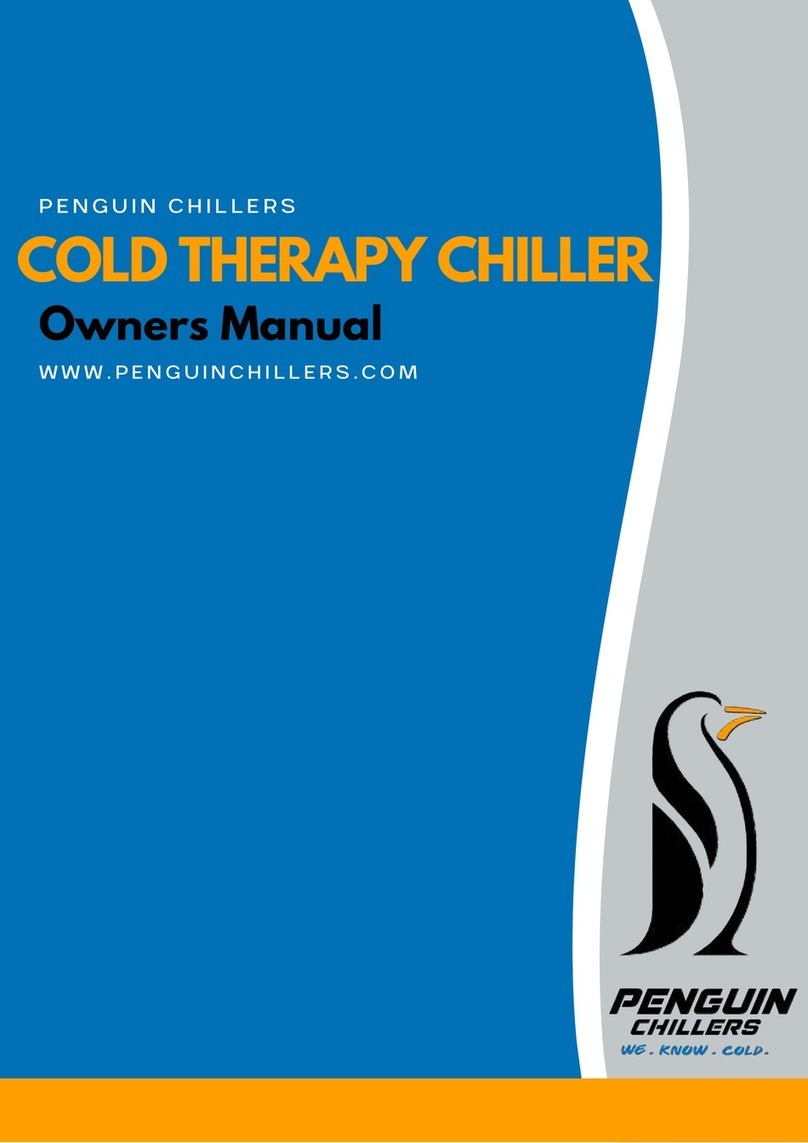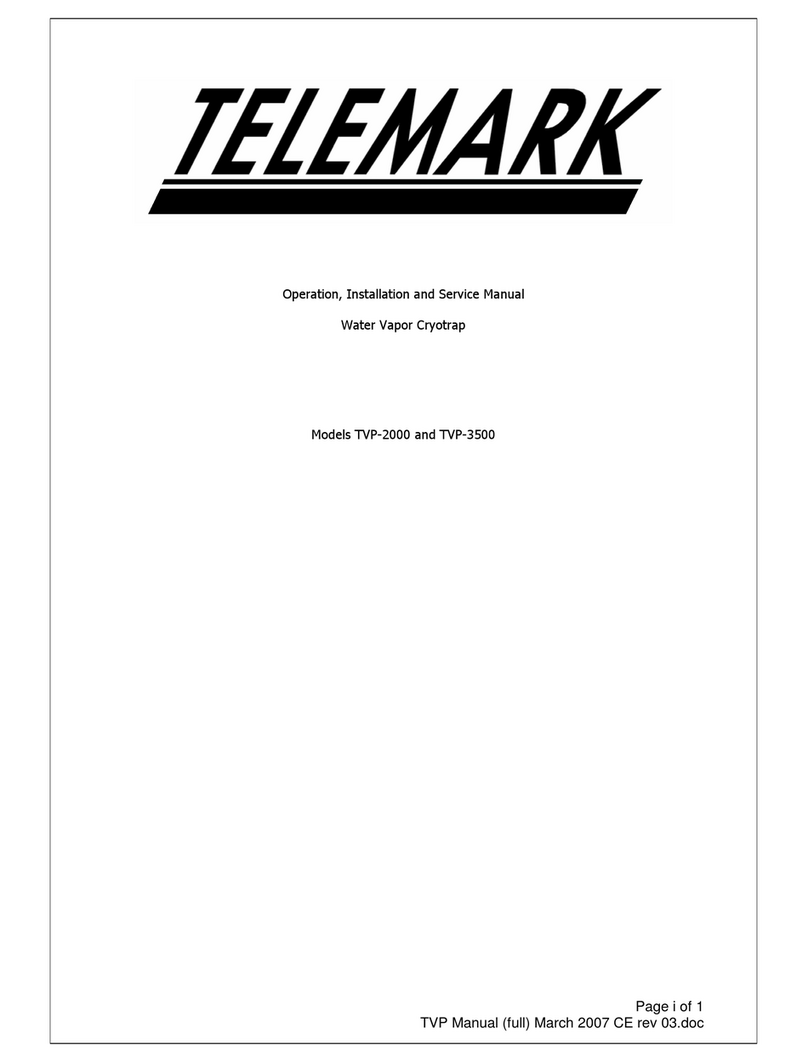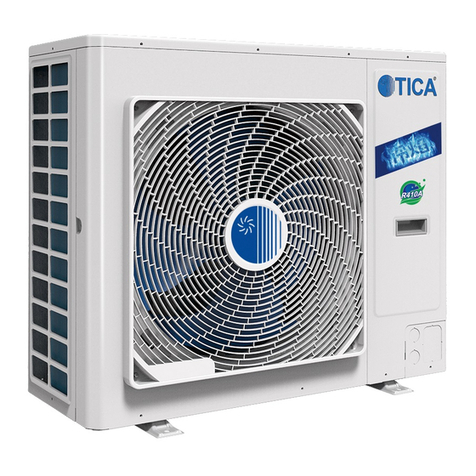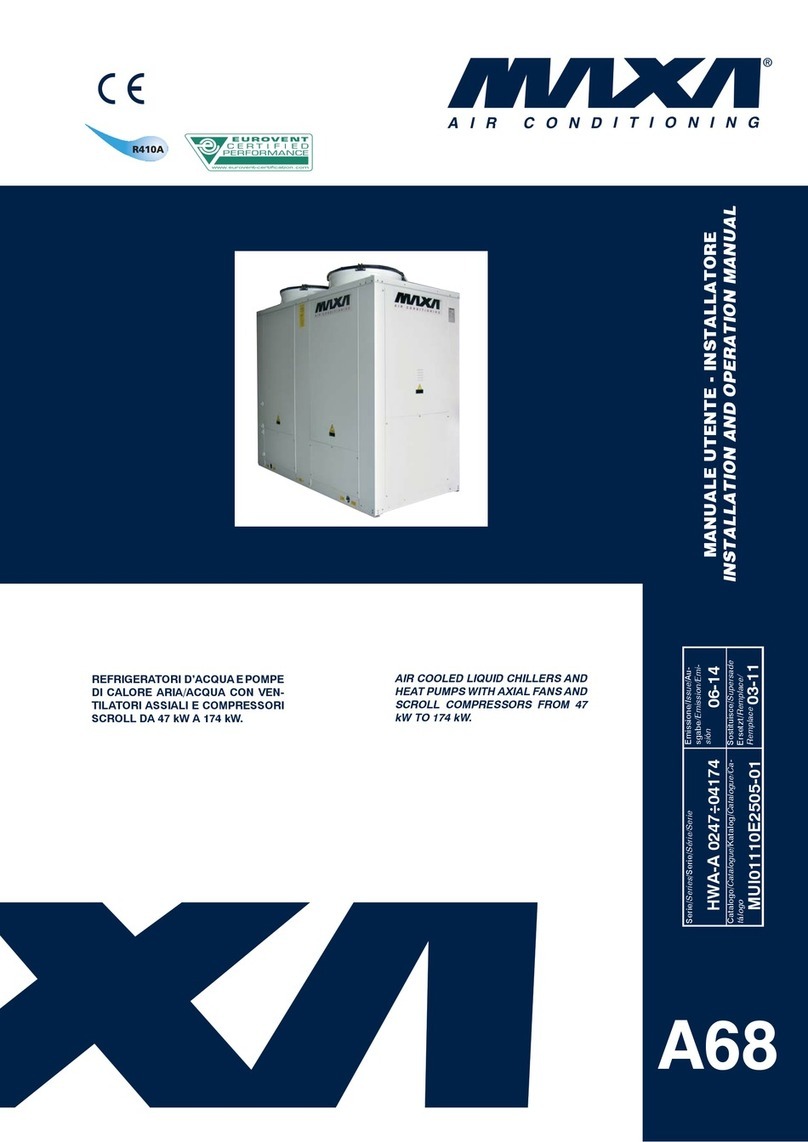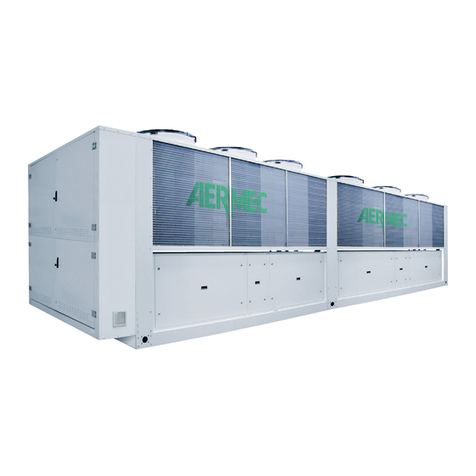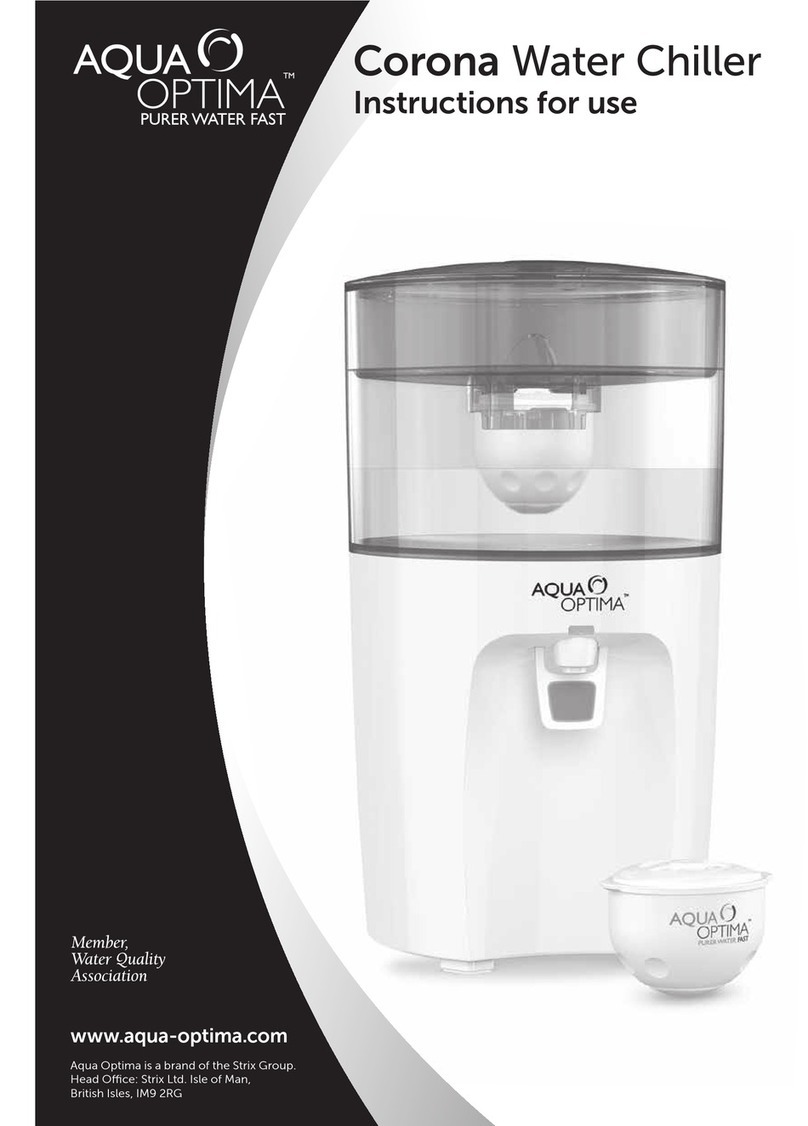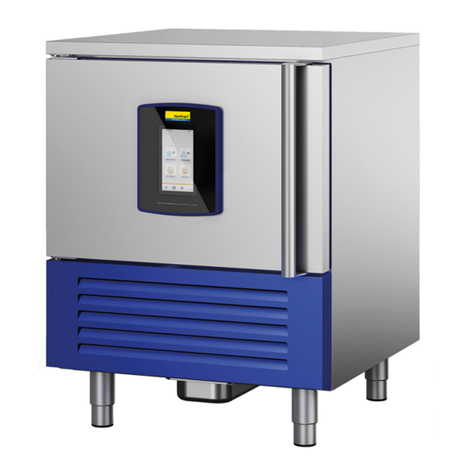
5
Section 1 - General Information
1.1 Warranty
Thank you for purchasing this chiller. We are confident it will serve you for a long time. Our
warranty to you is as follows:
The manufacturer agrees to correct for the original user of this product, either by repair, or at the
manufacturer's election, by replacement, any defect that develops after delivery of this product within
the period as stated on the warranty card. In the event of replacement, the replacement unit will be
warranted for 90 days or warranted for the remainder of the original unit’s parts or labor warranty
period, whichever is longer.
If this product requires service, contact the manufacturer/supplier's office for instructions. When
return of the product is necessary, a return authorization number will be assigned and the product
should be shipped, transportation charges pre-paid, to the indicated service center. To insure
prompt handling, the return authorization number should be placed on the outside of the package
and a detailed explanation of the defect enclosed with the item.
This warranty shall not apply if the defect or malfunction was caused by accident, neglect,
unreasonable use, improper service, or other causes not arising out of defects in material or
workmanship. There are no warranties, expressed or implied, including, but not limited to, those of
merchantability or fitness for a particular purpose which extends beyond the description and period
set forth herein.
The manufacturer's sole obligation under this warranty is limited to the repair or replacement of a
defective product and shall not, in any event, be liable for any incidental or consequential damages
of any kind resulting from use or possession of this product. Some states do not allow: (A)
limitations on how long an implied warranty lasts; or (B) the exclusion or limitation of incidental or
consequential damages, so the above limitations or exclusions may not apply to you. This warranty
gives you specific legal rights. You may have other rights that vary from state to state.
1.2 Unpacking
Your Chiller is shipped in a special carton. Retain the carton and all packing materials until the unit is
completely assembled and working properly. Set up and run the unit immediately to confirm proper
operation. Beyond one week, your unit may be warranty repaired, but not replaced. If the unit is
damaged or does not operate properly, contact the transportation company, file a damage claim and
contact the company where your unit was purchased immediately.
This symbol marks chapters and sections of this instruction manual that are particularly relevant to safety. When
attached to the unit, this symbol draws attention to the relevant section of the instruction manual.
This symbol indicates that hazardous voltages may be present.
Read all instructions pertaining to safety, set-up, and operation.
Proper operation is the users’ responsibility.
